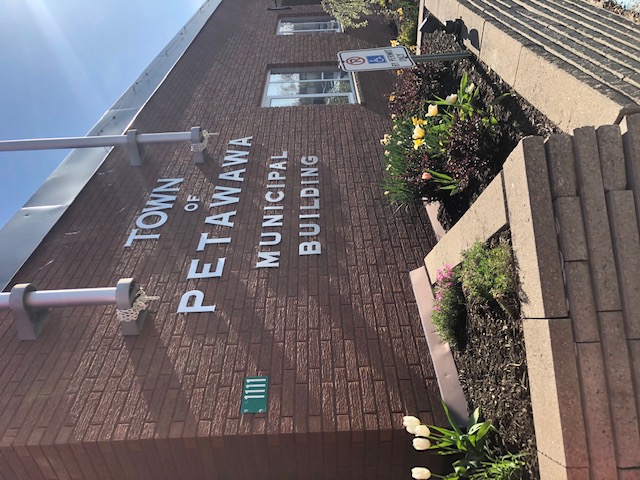The objective of Secondary wastewater treatment is to remove the non-settleable solids from the wastewater stream.
Secondary wastewater treatment is accomplished at the Petawawa WPCP by utilizing a Sequencing Batch Reactor (SBR) activated sludge process, which incorporates Biological Nutrient Removal (BNR). This treatment method incorporates a proprietary system referred to as ICEAS@ (Intermittent Cycle Extended Aeration System).
Traditional Activated Sludge
The traditional activated sludge process combines biological and physical treatment methods with the objectives of coagulating and removing the nonsettleable solids and stabilizing the organic matter contained in the raw sewage. In general, organic matter (typically measured as Biochemical Oxygen Demand and referred to as substrate or food), and nutrients in the raw sewage are utilized by microorganisms (e.g. bacteria) to grow and reproduce into a settleable cellular mass. The activated sludge process involves the removal of organic matter using suspended biological growth under aerobic conditions (accomplished in a reactor). The term "activated" refers to the microbial mass formed by the process, which serves to stabilize (or consume) the waste.
Note: The removal of organic matter from the waste stream is important since organic matter exerts oxygen demand which would deplete the natural oxygen content of a receiving water.
The biological portion of the process involves the introduction of organic matter (raw sewage) into a reactor which contains microorganisms. This biological slurry is referred to as "mixed liquor". The microbes (e.g.. bacteria) convert the colloidal (i.e. very small) and dissolved organic matter into various gases and cell tissue as described by the following chemical reaction:







